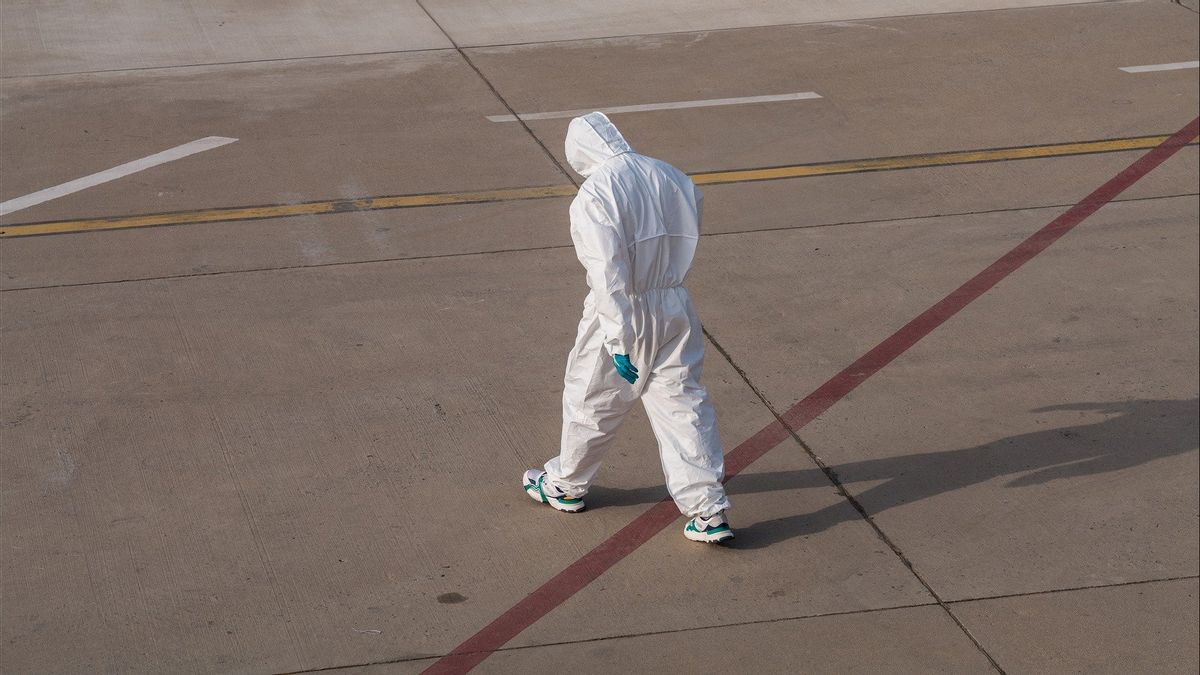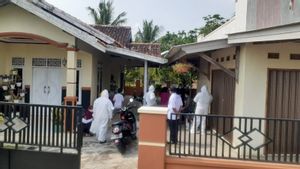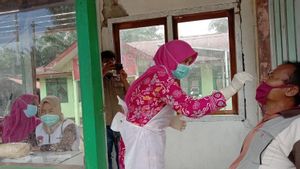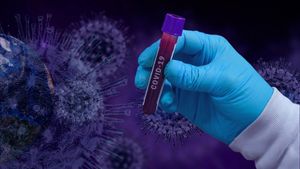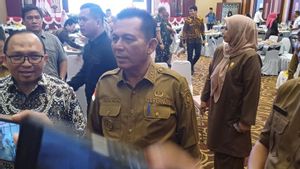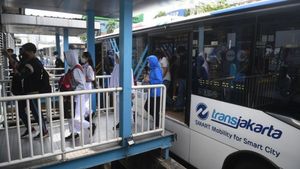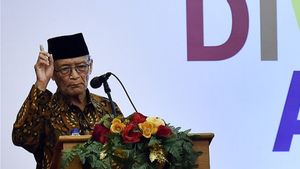JAKARTA - Head of Disease Handling and Control (P2P) of the DKI Jakarta Health Office, Dwi Oktavia, said the DKI Provincial Government had found 800 COVID-19 clusters since the Eid holiday period until now.
"So now we find 800 clusters. The average cluster member is 2 to 3 people. There are around 1.400 people who belong to the 800 clusters", said Dwi when contacted, Thursday, June 10.
Dwi said that the hundreds of clusters arose because people who were confirmed positive for COVID-19 had a travel history during the period of Eid homecoming ban and tightening for Eid homecoming this year. They also infect people around them when they return to the capital.
In addition to travel history, the COVID-19 cluster in Jakarta occurred as a result of gathering activities during Eid al-Fitr. This cluster occurs in a neighborhood in Cilangkap and Semper Barat.
"This cluster is travel history. This is the risk of transmission due to the majority traveling outside the city. Then there are also some who hold meetings or community gatherings. This is what causes cases to increase", said Dwi.
SEE ALSO:
Dwi continued, some of the 1.400 cases from the cluster have been declared cured and have finished undergoing isolation. Others are still confirmed positive.
"The majority of the clusters are small but many. Some are still active, some have completed their clusters, depending on when they are identified and then isolated so that the chain of transmission can be broken", he said.
In this regard, the occupancy of isolation beds and the COVID-19 special ICU in DKI Jakarta has also increased over the past week. In fact, COVID-19 beds in Jakarta have been added.
Deputy Governor of DKI Jakarta Ahmad Riza Patria said that currently, the occupancy rate or bed occupation rate (BOR) for isolation is 3.560 out of a total of 6.694 beds. Meanwhile, ICU beds are occupied by 588 out of a total of 1.076 beds.
"Our BOR for isolation has reached 53 percent. ICU room is 52 percent", said Riza.
In fact, as of May 31, the isolation beds for COVID-19 patients were 33 percent occupied or occupied by 2.176 out of 6.621 beds. Meanwhile, ICU beds were 36 percent or filled with 362 of 1.014 beds.
The English, Chinese, Japanese, Arabic, and French versions are automatically generated by the AI. So there may still be inaccuracies in translating, please always see Indonesian as our main language. (system supported by DigitalSiber.id)
